NBN plans: compare providers and best deals at every speed

A decade after it was first announced and the NBN rollout has been declared complete, so the vast majority of Australians now have access to the National Broadband Network in some form.
Here, we’ll drill down on the best NBN plans currently on offer, whether you’re looking for the most affordable option, the highest speeds or the best overall value. Click the links below to jump ahead to the speed you’re after:
Noteworthy NBN deals
We’ve detailed our plan recommendations below, but before we get into that, we want to highlight some great deals that are currently available on NBN plans:
- Internode: save AU$20p/m for 6 months on NBN 50 plans (from AU$59.99)
- Kogan: save AU$34p/m for 6 months on NBN 250 (AU$94.90)
- Kogan: save AU$44p/m for 6 months on NBN 1000 (AU$104.90)
- Tangerine: save AU$15p/m for 6 months on NBN 25, 50, 100 and 250 plans (from AU$44.90)
- Telstra: save AU$10p/m for 6 months on NBN 100 (from AU$100)
- Telstra: save AU$40p/m for 6 months on NBN 250 and 1000 plans (from AU$100)
Best NBN plans
We’ve compared all NBN plans currently available and picked the best plan for each speed tier below.
There are a couple of caveats you should consider when it comes to the high-speed NBN 250 or NBN 1000 plans. These tiers are only available on two types of NBN connection – fibre-to-the-premises (FTTP) and hybrid fibre coaxial (HFC).
With NBN 1000 plans, while all FTTP connections can sign up for 1000Mbps, that speed will only work with a select subset of HFC installations – estimated to be roughly 7% of the total.
Best NBN 50 plan
The best option for most users

After facing some serious competition from Spintel, Tangerine has snatched the 'Best NBN 50' title back with this choice deal. The internet provider is now slashing AU$15 off the plan each month for six months, so you’ll pay AU$54.90 each billing for the first half of the year. Tangerine offers a typical evening speed of 50Mbps on this plan – not bad for one of the cheapest NBN 50 plans on the market.
[A multi-award winner in the 2021 Mozo Experts Choice NBN Awards.]
Total minimum cost: AU$54.90 | Total cost for first year: AU$748.80
• See more: Best NBN 50 plans
Best NBN 100 plan
Our top choice for multi-user households and those who want a bit more speed
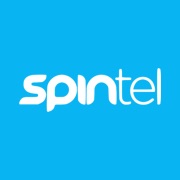
Spintel has edged out Tangerine this month with the best (and second-cheapest) NBN 100 plan we can find. You’ll get a discount on your first six months with the service, so you’ll first pay AU$74 a month before the price reverts back to the standard AU$84.95. Even once the initial discount ends, it’s still one of the cheapest options you’ll find in this tier. For the price, you’ll be getting a maxed-out typical evening speed of 100Mbps.
Total minimum cost: AU$74 | Total cost for first year: AU$953.70
• See more: Best NBN 100 plans
Best NBN 250 plan
If you need ludicrous download speeds, this one's a goer

Tangerine is one of many telcos offering an initial discount on its NBN 250 plan – you’ll pay AU$94.90 a month for your first six months. The reason we’ve chosen it as the best plan though is because it also has a great price after this discounted period, with a decent typical evening speed of 205Mbps. While some others are cheaper to start with, or have a faster typical speed, this Tangerine plan offers great all-round performance and terrific value for those looking to stick with the plan for more than just six months – and that’s most of us.
[A multi-award winner in the 2021 Mozo Experts Choice NBN Awards.]
Total minimum cost: AU$94.90 | Total cost for first year: AU$1,228.80
• See more: Best NBN 250 plans
Best NBN 1000 plan
The fastest you can get, but only available in select locations
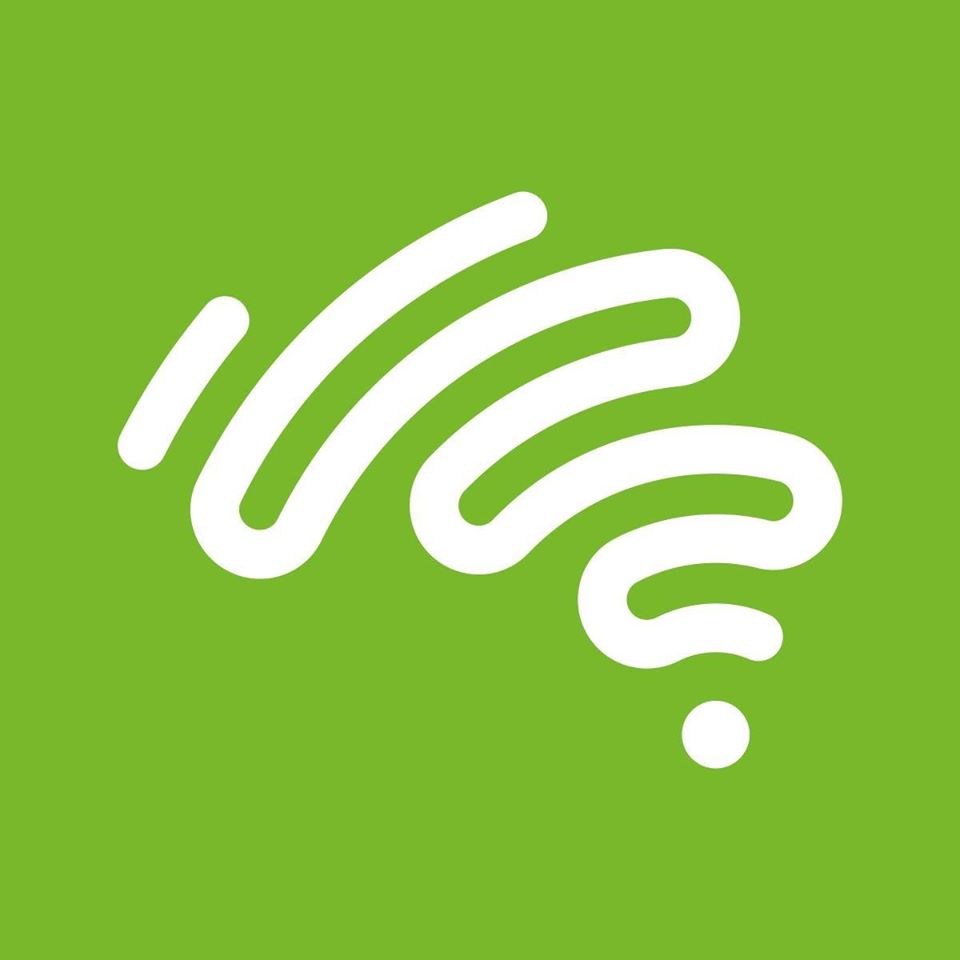
While this isn’t the cheapest plan in this insanely fast speed tier – that honour goes to MyRepublic – we would argue that it’s one of the best you can get. Aussie Broadband is currently offering its NBN 1000 plan for AU$119 a month, which is a saving of AU$30 each billing. That price is available for your first six months with the telco, after which it bumps up to the regular cost of AU$149 a month – use the code FAST30 to redeem the offer.
Total minimum cost: AU$119 | Total cost for first year: AU$1,608
• See more: Best NBN 1000 plans
Best NBN plans: major telcos
If you’re looking for an NBN plan from one of Australia’s three major providers, these are our plan recommendations:
Best Telstra NBN plan
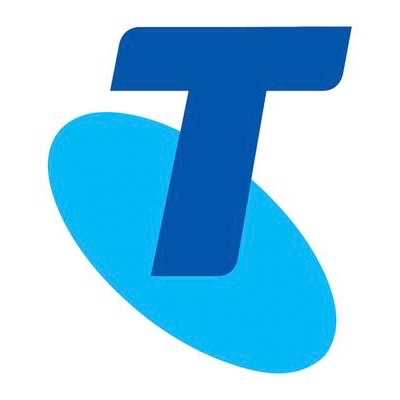
We’re choosing this NBN 250 option as the best NBN plan you can get with Telstra. That’s because new customers will pay AU$100 a month for their first six months on the service, which is the same cost as Telstra’s discounted NBN 100 plan. After the discount ends, your bill will increase to AU$140 a month, but you can avoid the price hike by moving down to a lower speed plan. Telstra says customers can expect a typical download speed of 230Mbps during peak periods.
Total minimum cost over 24 months is AU$3,120
Not the right plan for you? Check out our full comparison of all Telstra’s NBN plans.
Best Optus NBN plan
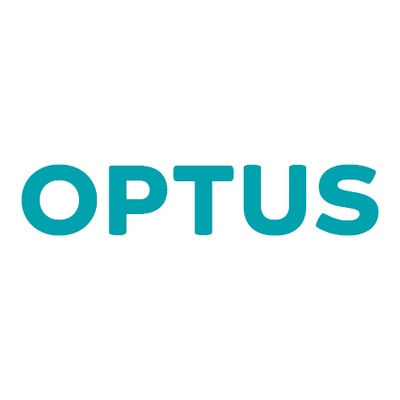
Optus | NBN 50 | Unlimited data | No lock-in contract | AU$79p/m
Optus has historically performed well in the Australian Competition and Consumer Commission’s (ACCC) quarterly report, often achieving the highest average download speed among the telco’s monitored. On Optus’ NBN 50 plan, you’ll get unlimited data and typical download speeds of 50Mbps for AU$79 a month. Optus Sport is also included as standard, and the telco’s modem comes with 4G backup. If you stick with Optus over 36 months, you won’t have to pay for the modem (usually AU$252).
Total minimum cost is AU$331
Best TPG NBN plan
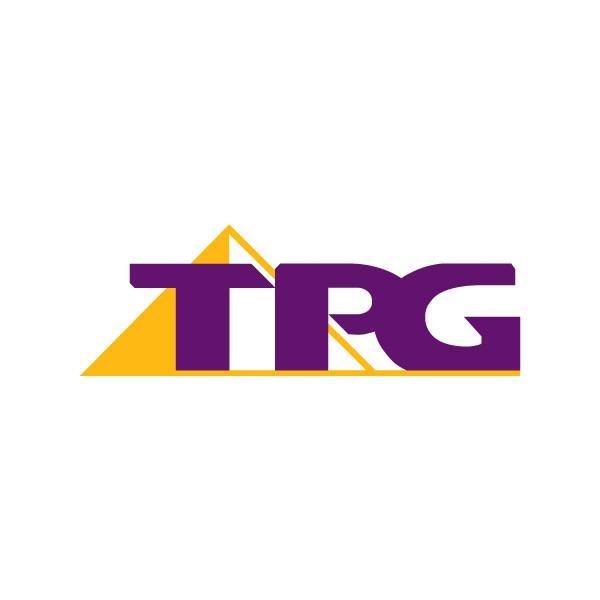
TPG | NBN 50 | Unlimited data | 6-month contract | AU$69.99p/m
TPG is a favourite for delivering solid, reliable speeds at a bargain price. The ISP typically ranks well in the ACCC’s reporting, delivering typical evening speeds of 50Mbps. If you sign up for six months, TPG will waive the usual AU$99 setup fee. However, note that a AU$10 modem delivery fee applies. While this plan is cheaper than what’s on offer from the big telcos, be mindful that you could face a contract payout fee of up to AU$350 if you decide to leave early.
Total minimum cost over 6 months is AU$429.94
- Telstra vs Optus NBN: who has better broadband?
More NBN deals
- Want to see other broadband options? You can use our broadband plan finder to compare a huge range of Australian NBN, broadband and cable plans!
NBN plans: how to choose the right plan
With so many internet providers in Australia, it can be difficult to find the right NBN plan – not to mention the jargon can feel intimidating and difficult to understand. Here, we’ll be running you through exactly what you need to know when choosing an NBN plan.
NBN connection types
First, you’ll need to suss out what connection type you have – you can do that by checking your address on the NBN Co website. Your connection type is good to know, as not every NBN plan is supported by every connection, so it’s an easy first step in narrowing down your choices.
While the NBN is made up of a multi-technology mix, it’s important to know that you don’t have a choice in what technology is available to you. Different connection types have been built in different areas, so it’s entirely dependent on where you live. Below, we lay out the connection types across the network, and what they mean.
Fibre-to-the-premises (FTTP)
FTTP is a fibre-optic line that runs directly to your home, and therefore is the best type of connection you can have. It requires a device to be installed in your home, and is what was originally intended for every household in Australia when the NBN was first announced.
Fibre-to-the-building (FTTB)
An FTTB connection is most commonly used for connecting apartment blocks and similar buildings to the NBN. In this instance, a fibre-optic line runs to the building’s communications room, and existing technology such as copper wiring is used to connect each apartment from there.
Hybrid fibre coaxial (HFC)
An HFC connection uses existing pay TV (Foxtel) or cable network as the final connection to households. The HFC line will run from your home to the nearest available fibre node.
Fibre-to-the-curb (FTTC)
FTTC is when the fibre-optic cable extends a little closer to your home by connecting to a distribution unit located outside on the street. From there, it uses the copper phone line to run the last leg into your home.
Fibre-to-the-node (FTTN)
The majority of Australian households – around 4.7 million – are using FTTN technology. This connection type uses existing copper phone wire to make the final connection to the home from a central node in your neighbourhood. The distance of your home to the node will affect the average speeds you can reach, so if your home is more than 700m from the node, it’s not advisable to choose an NBN 100 plan.
Fixed Wireless
Fixed Wireless connections are used to reach regional and remote areas. Homes in these areas will access the NBN from a transmission tower through an antenna installed on their roof.
Sky Muster satellite
The NBN’s Sky Muster satellite technology is also used to reach regional and remote communities. It requires a satellite dish to be installed on the premises, to which the NBN is received through satellite.
TL;DR: Check your address on the NBN Co website to find out what connection you have. It’s important to know because not every NBN plan is supported by every connection type.
NBN speeds
Next up, you’ll want to consider how much speed you’ll need. To figure this out, factor in how many people will be using the internet in your household and what their usage is like. Below, we breakdown each speed tier, and what they get you.
What is typical evening speed? A typical evening speed is the average download speed you can expect on a plan during the peak hours of 7pm-11pm. Each telco will quote a typical evening speed on its plans, and this number can vary within the same tier, so be sure to check and compare.
NBN 12
NBN 12 plans are limited in what they can do, and most providers report peak speeds of up to 12Mbps in the busy evening hours. It would be best-suited to households of one or two people who want to comfortably browse the internet, send emails and even watch YouTube videos at 1080p. This is one to avoid if you want to do lots of media streaming.
NBN 25
This speed tier would suit one or two people who want to browse the web at the same time, stream music and stream video in standard definition. Most telcos offering NBN 25 report a typical evening speed of 25Mbps, though some sit lower at 15Mbps during the peak period.
NBN 50
If you live in a household with three or four people, we recommend an NBN 50 plan. It’ll allow you to stream in high definition and play games online, and crucially for some, it’s well-suited to those working from home – particularly if you need to video chat. Plenty of providers quote a maxed-out speed of 50Mbps during the peak period, while on average, the typical evening speed sits at 47Mbps.
NBN 100
For those in a busy household of five or more people, you’ll likely need an NBN 100 plan. This’ll allow you to stream video in 4K, download large files and have multiple devices online at the same time. At a minimum, you can expect typical download speeds of 60Mbps, though select providers are now quoting a typical evening speed of 100Mbps. Some telcos will only offer these plans to those with a FTTP, HFC or FTTC connection.
NBN 250
A small but growing number of internet providers are now offering NBN 250. It offers absurdly fast speeds that will let multiple people stream in 4K or 8K at the same time, and allow faster downloads of large files and game updates. There’s some variation among typical evening speeds quoted by the telcos though – the lowest is 200Mbps and the highest is 248Mbps. It’s only available to FTTP and some HFC households.
NBN 1000
This speed tier is the fastest you can get, and it only became available to residential users in June 2020. There’s a considerable difference between the typical evening speeds offered by the limited telcos with this tier, with the lowest being 200Mbps and the highest reaching 700Mbps (thanks Telstra). It’s only available with FTTP and select HFC connections, and consider your needs before you buy, as this kind of speed can be overkill for some.
TL;DR: An NBN 50 plan is a nice balance for most people. Households with one or two people who just want to browse the internet and stream video in standard definition should be fine with NBN 25, while power users and online gamers will be better served by NBN 100 or above. Check how a telco's typical evening speed stacks up against others in the tier.
NBN plan price
Finally, once you know what type of connection you have and what speed you want, you can find a plan that suits you at the right price.
There’s good news for those who just want to surf the web casually – for that kind of use, it doesn’t matter what ISP you go with. Recent research by the Australian Competition and Consumer Commission (ACCC) has shown that your choice of provider won’t impact website browsing performance, so you can go with a cheap NBN plan if this is all you’re after.
But if you need to do more with your internet, you might want to consider some of the fastest NBN plans. These will cost you more per month, but they’ll allow you to download and upload large files faster, stream comfortably in 4K and game online with minimal lag.
When looking at NBN plan prices, be sure to suss out what deals and discounts are available too. It’s extremely common for ISPs to offer a discount for your first six months on their service, and it’s usually about AU$15 off each month.
The telcos will also try and tempt you up to faster plans with bigger discounts – up to AU$40 off each month for six months in some cases – so consider taking advantage of these options too.
There’s one last thing to mention when it comes to price, and that’s contracts. The vast majority of NBN plans come with no lock-in contracts, so you’re free to leave anytime (though some telcos will require you to pay out the remaining cost of your modem).
NBN plans on a contract will typically last between six and 12 months, and the benefit here is usually in reducing upfront fee costs (such as waiving the set up fee or throwing in a free modem).
While those benefits may seem tempting, weigh up those perks before committing to a contract. If you decide to leave early, you’ll likely still need to pay for each month you have remaining.
TL;DR: If you just want to browse the internet, a cheap NBN plan from a smaller NBN provider will do you just fine. For those that want to stream in 4K and game online, look for a fast NBN plan at a competitive price. Be sure to take advantage of six month discounts offered to new customers, and weigh up whether a contract or no-lock in term is best for you.
Other NBN factors to consider
It’s important to note these recommendations do not take into consideration other factors which could make certain deals a better option for you. For instance, do you already have a Telstra or Optus mobile plan and home phone line? If so, sometimes combining them with their respective NBN plans could save you some money.
When applying for a new NBN deal, make sure you’re not already signed up to a contract you can’t get out of – most contracts are on six or 12 month terms, so it’s important to contact your current provider before committing to anything else.
Another thing worth noting is some services may not be available in your area. If a particular deal seems good to you, head over to the provider’s website to find out if it’s available at your address.
from TechRadar - All the latest technology news https://ift.tt/3rUNKmx

Post a Comment